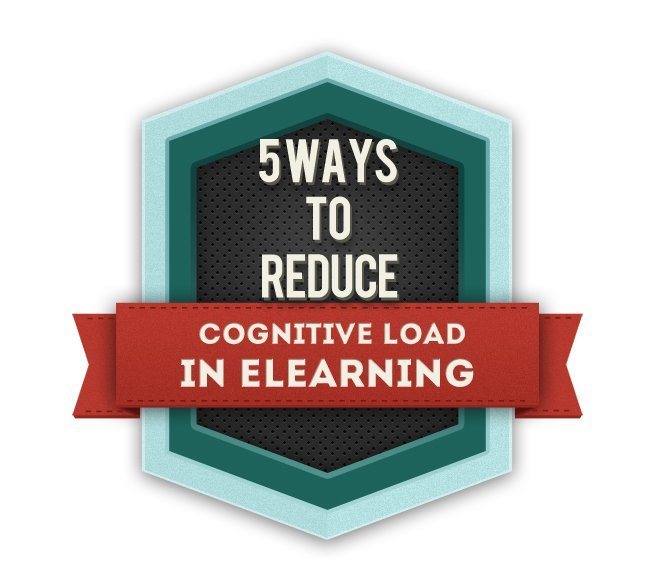Learn About Cognitive Load, Element Interactivity, And Reversal Effect
Before introducing other elements related to cognitive load, let’s reiterate the forms of cognitive load:
- Intrinsic
The complexity of your materials and instructional goals. It refers to cognitive activities that a learner requires to achieve an instructional goal. - Extraneous
The load that should be brought down when the intrinsic load is high. It does not contribute to learning. Your job is to decrease them through your Instructional Design. - Germane
This is the good load that promotes effective learning because of instructional methods. A graphic that describes a difficult text is an example of it.

Element Interactivity
One of the factors present at intrinsic cognitive load is the element interactivity. Element interactivity refers to the complexity of a concept or skill because of the levels of element connectedness that depend on the type of information and the learners’ prior knowledge [1]. It stems from the number of elements that must be simultaneously processed in working memory. High element interactivity occurs when concepts cannot be learned independently and should be processed simultaneously. For example, the problem “x + 5 = 8, solve for x” has high element interactivity. Let’s find out why.
Solving this problem has high element interactivity for novice learners because it contains 5 single math elements that they should know first. These single elements are x, 5, 8, +, and =. Holding these single elements will not help them solve the problem unless they process the relations between them simultaneously in their working memory to understand the problem. In addition, to solve this algebra problem, novice learners should know how to find the value of "x" by subtracting. The number of subtractions required to solve this problem will add additional interactive elements resulting in high element interactivity.
Chen and colleagues (2015) conducted an experiment that compared the difference in cognitive load inflicted on novice and expert learners due to element interactivity and the impact of it on the two groups. They found that guidance through worked examples eliminated the element interactivity as students gained more expertise. In other words, learning changed the element interactivity and intrinsic cognitive load of information.
Reversal Effect
However, they also found if learners were still presented with worked examples, the effect of it was reversed and it was more disadvantageous and redundant for expert learners rather than beneficial. These findings reflect an “expertise reversal” effect. They found that an increase in expertise leads to a decrease in element interactivity, meaning, materials become low in element interactivity for expert learners.
In conclusion, it is important for learning designers to consider the level of element interactivity in materials and align the Instructional Design with it. If there is a low level of element interactivity, you don’t need to do much, as instructional procedures associated with cognitive load theory do not apply in this case. However, if there is a high level of element interactivity, you should use strategies to lower it.
In addition, learning designers need to have information on learners’ prior knowledge or level of expertise. If you are designing an online training program for a client and it’s hard to have access to learners’ level of expertise, you could provide optional activities or examples that help reduce element interactivity for those with low prior knowledge, rather than forcing all learners (despite their expertise level) to complete every step. As we learned from this study, learners who gain expertise will find examples distracting.
Unfortunately, organizations still tend to mix their learners regardless of their levels of expertise and mandate them to complete a training program intended for lower levels of expertise. Generally, the assumption is that they all need to learn something that organizations consider new or important without considering the fact that some may already know. In many cases, those with higher expertise level may not need to go through a training program. This is when adaptive learning should be considered. For our part as L&D professionals, it is our responsibility to share the empirical evidence to change such practices, or if necessary, leverage design strategies to make learning more effective and adaptive for everyone.
References:
- Chen, Kalyuga, and Sweller (2015). The worked example effect, the generation effect, and element interactivity. Journal of Educational Psychology, 107(3), 689-704.







